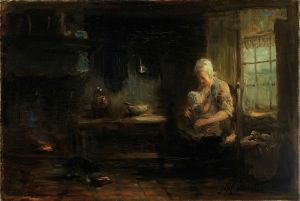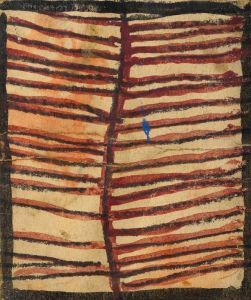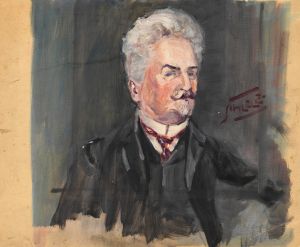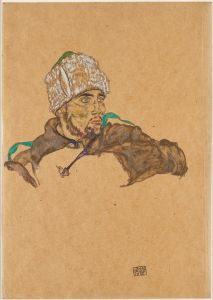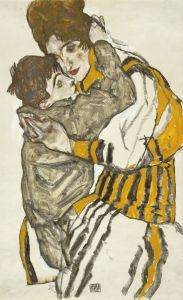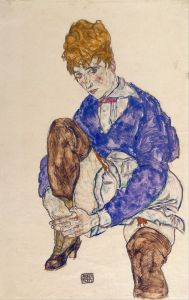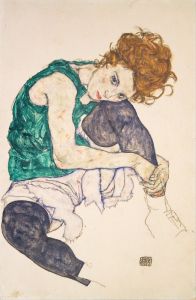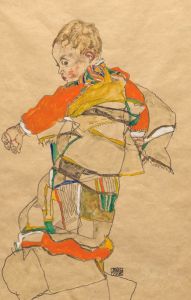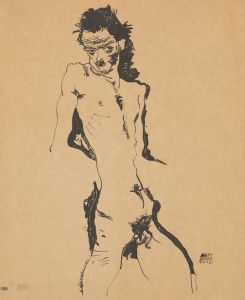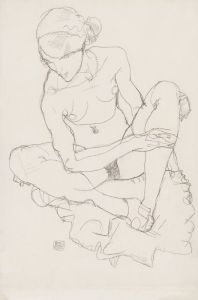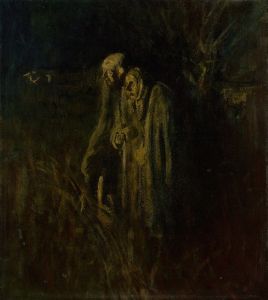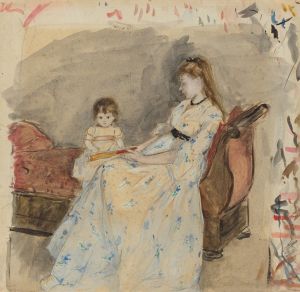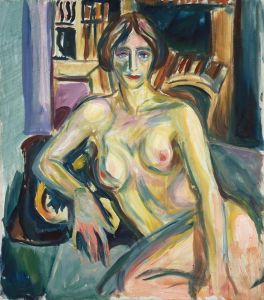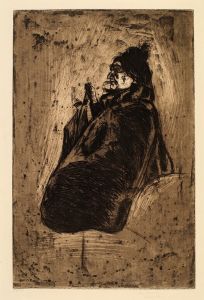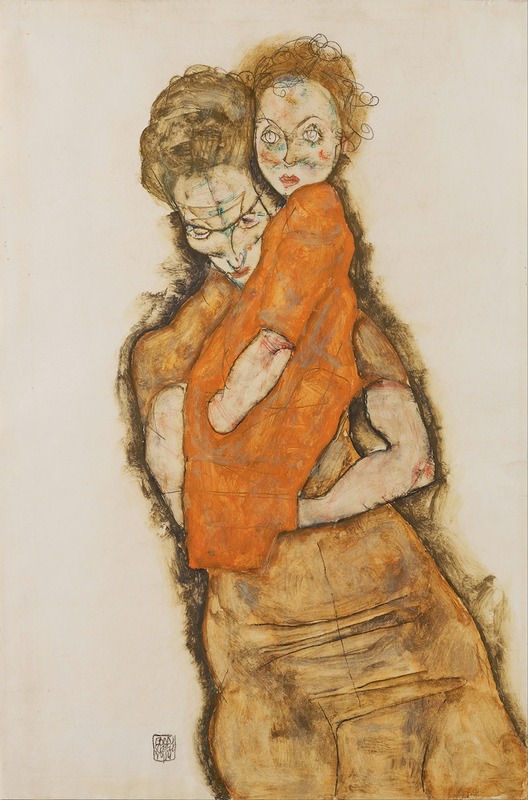
Mother and Child
A hand-painted replica of Egon Schiele’s masterpiece Mother and Child, meticulously crafted by professional artists to capture the true essence of the original. Each piece is created with museum-quality canvas and rare mineral pigments, carefully painted by experienced artists with delicate brushstrokes and rich, layered colors to perfectly recreate the texture of the original artwork. Unlike machine-printed reproductions, this hand-painted version brings the painting to life, infused with the artist’s emotions and skill in every stroke. Whether for personal collection or home decoration, it instantly elevates the artistic atmosphere of any space.
Mother and Child is a painting by the Austrian Expressionist artist Egon Schiele, created in 1912. Schiele, known for his emotionally intense and often provocative works, frequently explored themes of human vulnerability, intimacy, and the complexities of relationships. This particular painting reflects his interest in the bond between mother and child, a subject that has been a recurring theme in art history.
The composition of Mother and Child is characteristic of Schiele's style, featuring elongated figures, sharp contours, and an expressive use of color. The figures are rendered with a raw emotional intensity, emphasizing the physical and psychological connection between the mother and her child. Schiele's approach to the human form often deviated from traditional ideals of beauty, focusing instead on the fragility and imperfection of the human body. This is evident in the angular poses and the almost skeletal appearance of the figures in this work.
The painting is executed in oil on canvas, a medium Schiele used for many of his major works. The background is relatively plain, drawing attention to the figures and their interaction. The mother is depicted holding her child close, creating a sense of intimacy and protection. However, as with much of Schiele's work, there is an underlying tension in the composition, which some interpret as a reflection of the complexities of human relationships.
Egon Schiele was a protégé of Gustav Klimt and a central figure in the Viennese Expressionist movement. His work often challenged societal norms and conventions, which led to both acclaim and controversy during his lifetime. Schiele's career was tragically cut short when he died in 1918 at the age of 28 during the Spanish flu pandemic. Despite his short life, he left behind a significant body of work that continues to be celebrated for its emotional depth and innovative approach to modern art.
Mother and Child is housed in a private collection, and as such, it is not as widely accessible as some of Schiele's other works. Nevertheless, it remains an important example of his exploration of human relationships and his distinctive artistic style. The painting is often studied in the context of Schiele's broader oeuvre and his contributions to early 20th-century art.





